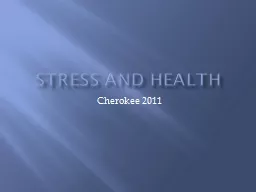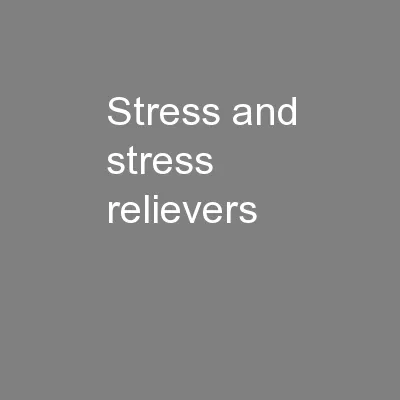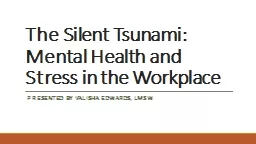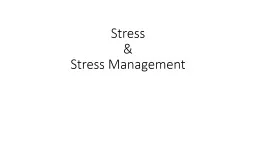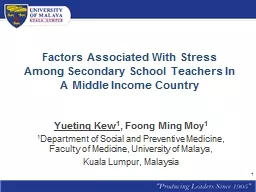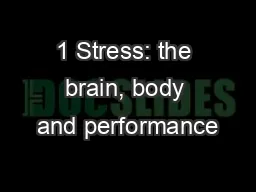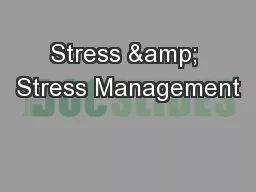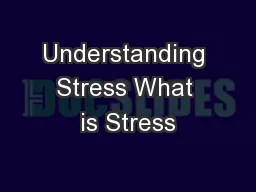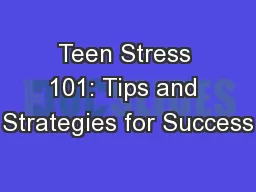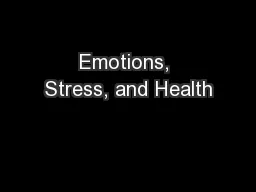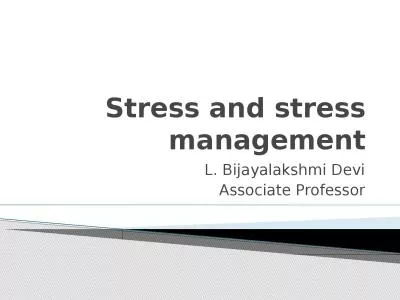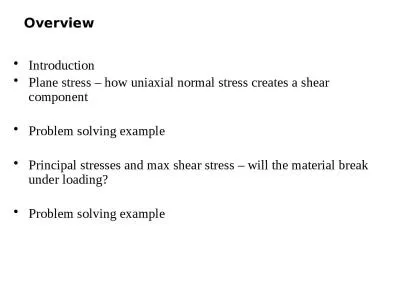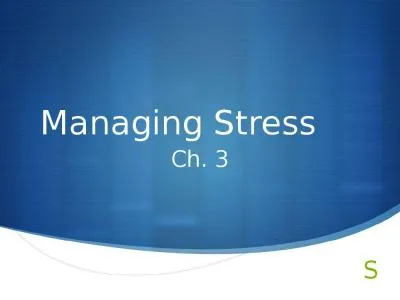PPT-Stress and Health
Author : olivia-moreira | Published Date : 2016-08-07
Cherokee 2011 Refusal Skills Training Program that teaches young people how to resist pressures to begin smoking Life Skills Training Teaches stress reduction selfprotection
Presentation Embed Code
Download Presentation
Download Presentation The PPT/PDF document "Stress and Health" is the property of its rightful owner. Permission is granted to download and print the materials on this website for personal, non-commercial use only, and to display it on your personal computer provided you do not modify the materials and that you retain all copyright notices contained in the materials. By downloading content from our website, you accept the terms of this agreement.
Stress and Health: Transcript
Download Rules Of Document
"Stress and Health"The content belongs to its owner. You may download and print it for personal use, without modification, and keep all copyright notices. By downloading, you agree to these terms.
Related Documents

